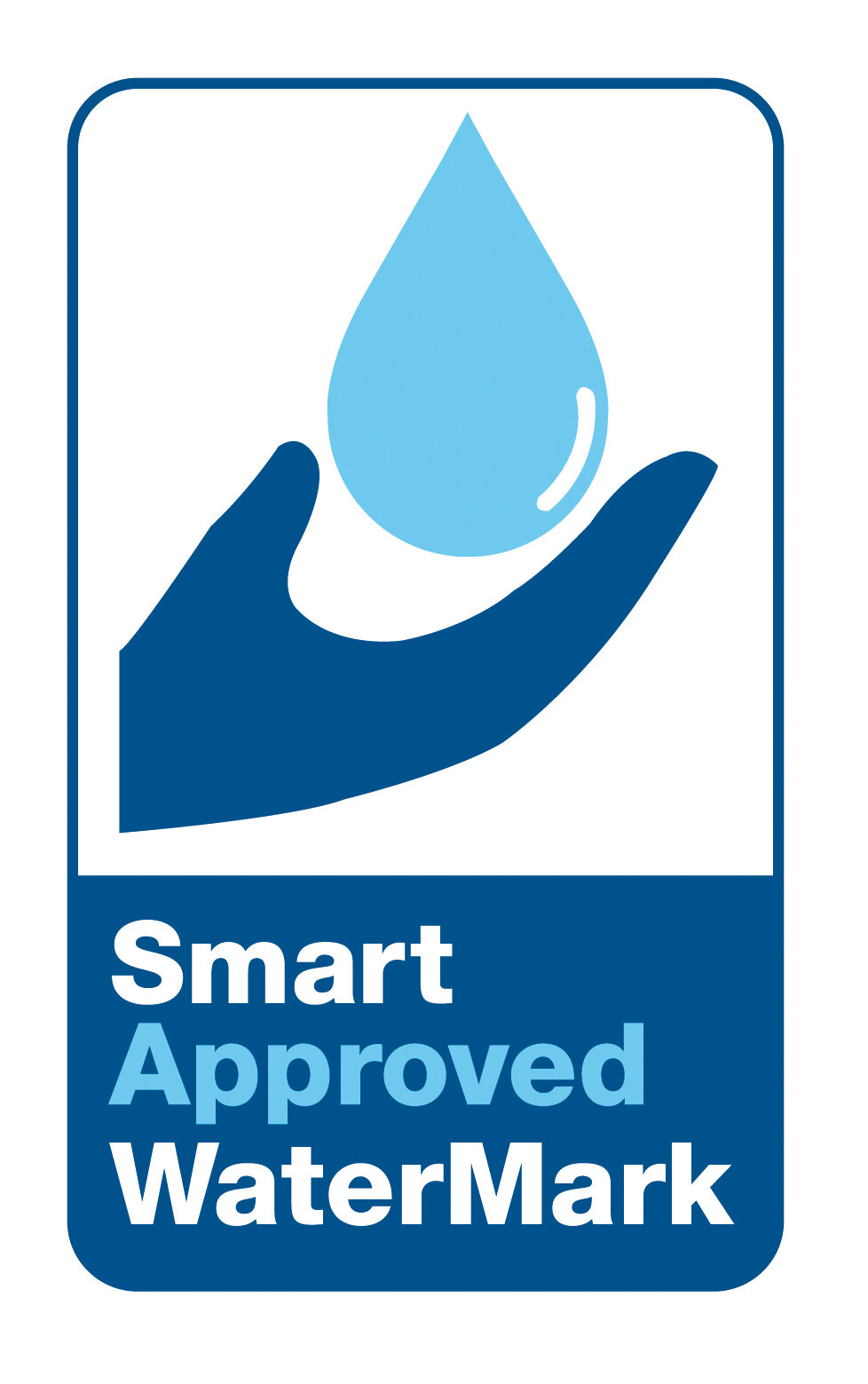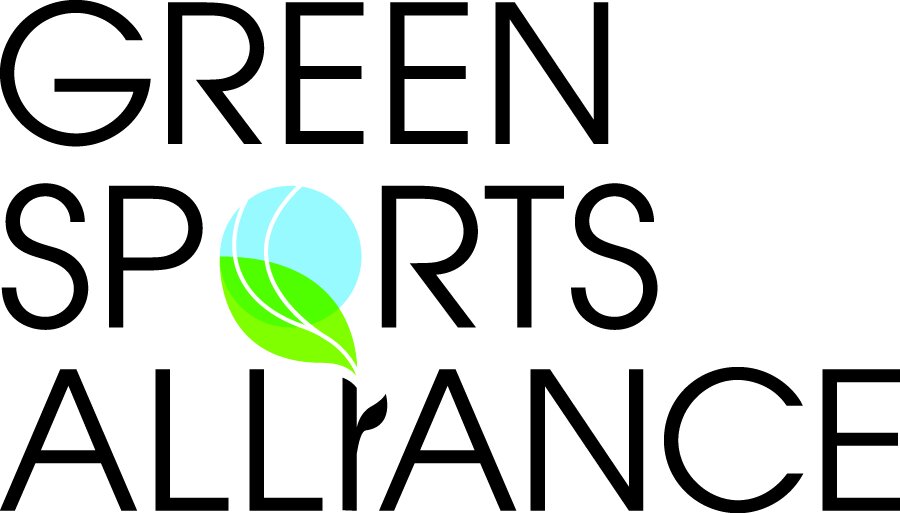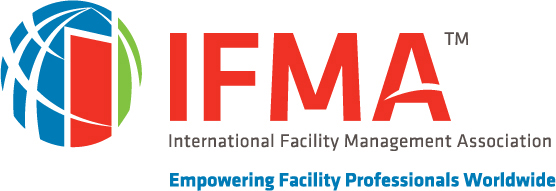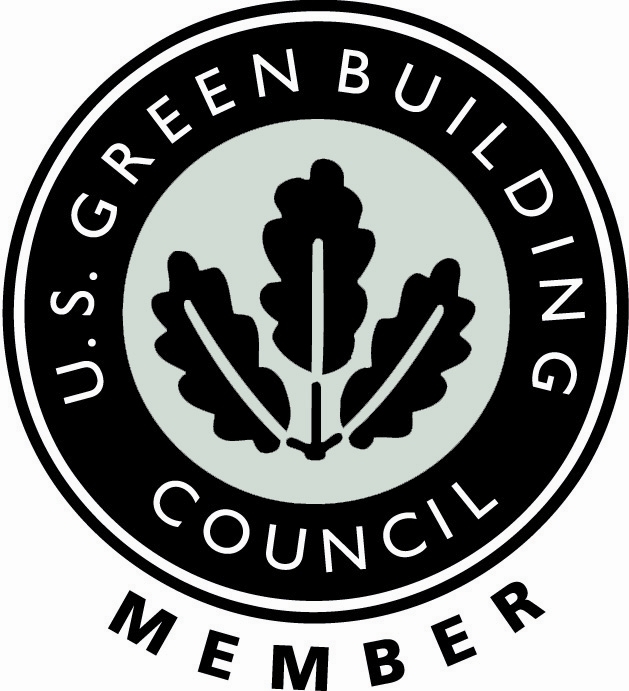What is aridification?
In the simplest of terms, aridification is the progression of an area experiencing normal rainfall, occasional droughts, gradually more frequent droughts, and then becoming increasingly dry. In most instances, temperatures are rising at the same time.
How is it measured?
Typically, it is measured by examining rainfall trends. Two or three years of drought, for instance, does not indicate an area is experiencing aridification. But several years of drought, which is happening today in California and other western states, is an indicator that aridification has set in.
Another way it is measured is based on the reduction of soil moisture. Drier and hotter weather increases evaporation, removing moisture from the soil. The more prolonged those conditions, the more likely aridification has set in.
Can there be wet seasons when aridification sets in?
Yes, but they become fewer and are farther between.
What is the connection between year 1924 and aridification?
The last time California and much of the western half of the United States was as dry as today was in 1924. Today, things could be even worse because of climate change caused by greenhouse gasses. However, other experts say the “aridification” of California goes back even further, about 1,200 years.
How can scientists determine that 1924 and years past were do dry?
Scientists study the rings of trees from the state of Montana all the way south to Mexico. Tree rings are wider in wet years and narrower in dry years. When there is extreme drought, the tree may hardly grow, which means new tree rings are virtually negligible.
How is aridification impacting the Colorado River?
The Colorado River depends on mountain snowfall and rain to feed it and deposit water into Lake Mead and Lake Powell. However, there has been less snow and rainfall in the past few years, leaving these two “collection tanks” of water with less water than ever before. At the same time, there is more demand for the water collected in these lakes than in the past.
Will conditions get worse?
Some suggest that the wetter water conditions we had before 2010 in the western part of the country may never return. So, the answer is yes. In the 1970s, 1980s, and 1990s, we had dry seasons that lasted one to three years. Since then, they have lasted longer, three to five years. Now with aridification, the wet seasons are occasional while the dry seasons have become the norm.
Is aridification going to impact the entire country?
No. Some areas of the country, such as the Midwest, may get more rain in years to come. This can be due to natural climate change as well as human-induced climate change. When climate change sets in, it can impact one area differently from the way it impacts another area.
What can we do about this? Millions of people live in the western portion of the U.S.
It’s going to be a process made up of several components. First and foremost, we must use water more efficiently. Billions of gallons of water are still lost every year due to leaks, poor water infrastructure, and water use where it is not needed. We can also expect to see more restroom fixtures that work much more efficiently and satisfactorily with little or no water. A prime example is waterless urinals, which use no water at all.
Another step that must be implemented is the use of drip irrigating systems for irrigating farmland and commercial and residential vegetation. These systems virtually eliminate water evaporation, the elimination of which is vital.
Additionally, the Arab countries and Israel have long and successfully used desalination techniques to turn saltwater, which is not potable, into drinking water, which can be used for all traditional water purposes. Today, Israel has 20 percent more water than it needs, primarily due to drip technologies and desalination plants.
Finally, we must get started. Aridification is moving faster than we are. It’s here now. We must realize this and start dealing with it.
Klaus Reichardt is CEO and founder of Waterless Co, Inc, Vista, Calif., Waterless Co., Inc, pioneers in advancing water efficiency. Reichardt founded the company in 1991 with the goal of establishing a new market segment in the plumbing fixture industry with water efficiency in mind. Reichardt is a frequent writer and presenter, discussing water conservation issues. He can be reached at klaus@waterless.com























